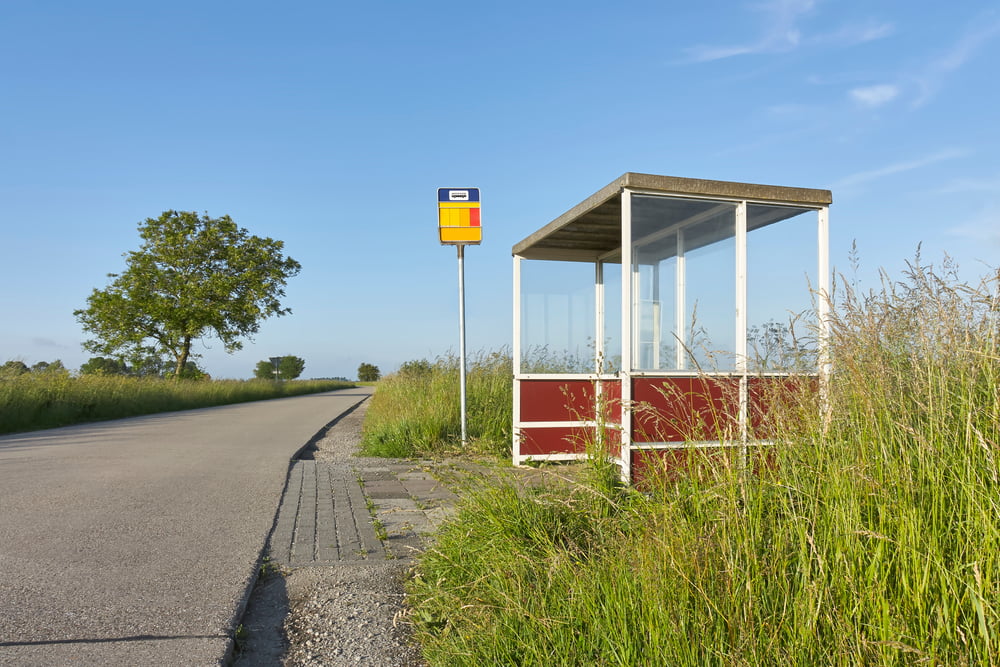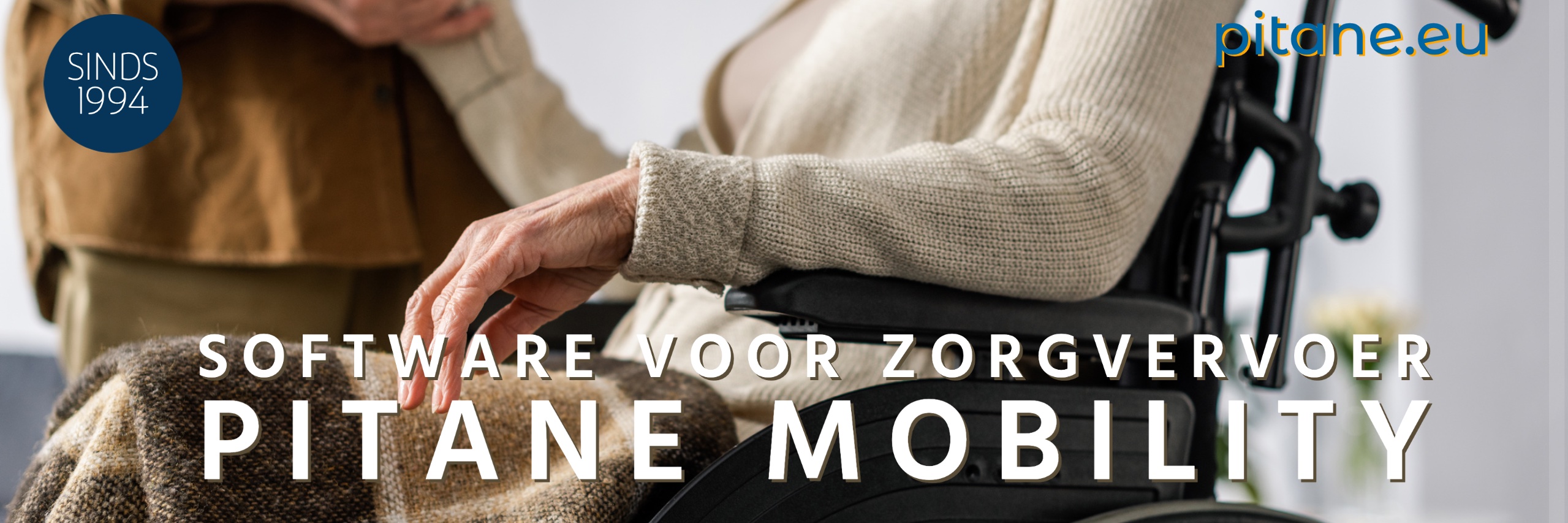The current contract with bus operator Connexxion ends in December 2024. That is why a party is being sought to organize bus transport from 2025.
Municipalities and the province of Zeeland will organize public transport differently from 2025. The bus, boat and train are supplemented with, among other things, the flex taxi, neighborhood bus, shared bicycles and cars. In the run-up to 2025, the parts of the transport plan (Regional Mobility Strategy) are taking shape. One of the first concrete steps is bus transport. In recent months, work has been done on a plan for the bus routes from 2025. That plan is now ready. In the coming months, the Province will be looking for a transport company to provide bus transport.
New contract bus operator
The current contract with bus operator Connexxion ends in December 2024. That is why a party is being sought to organize bus transport from 2025. The frameworks for the plan with the new bus routes were previously established as part of the Regional Mobility Strategy. In the Regional Mobility Strategy, Zeeland municipalities and the Province have laid down what the transport system will look like from 2025. A new system is needed because the current transport system is no longer sufficient. And because transport is not used optimally during all parts of the day, such as in the evenings and weekends. The Regional Mobility Strategy provides for the optimization of public transport options in Zeeland, instead of impoverishment if we do nothing.
More accessible
We are working on a new bus plan. The large buses will quickly cover long distances between the various places where you can get on (hub). At such a hub, travelers will soon have the option of switching to other means of transport, such as a flex taxi, the local bus, volunteer initiatives, carpool initiatives or shared cars and shared bicycles. In places where there are many students, so-called student lines will be set up. These bus lines run based on the start and end times of schools. The difference with the previous bus plan is that bus transport will be faster over longer distances. The large bus will soon stop at fewer places, but more flexible means of transport will be installed in those places. In this way there is more supply and more places in Zeeland, including small villages and cores, are more accessible than now. The budget for (public) transport will be used more than in the past on flexible means of transport and no longer just on the large bus.

What is in the bus plan?
The bus plan contains the requirements that the Province sets for the bus operator. Transport companies can register on the basis of these requirements. For example, it states in which routes the large buses will run. In addition, the new agreements will take effect from 2025 and will last for eight years. The Province also asks the transport company to focus on cleaner transport than before. The Province ultimately chooses, based on the registrations, which carrier best suits the plans and the Regional Mobility Strategy.
More information
Together with the Zeeland municipalities and other interested parties, the other components of the Regional Mobility Strategy must also take shape in the near future. For example, pilots are being worked on to extract parts from the transportation system to go testing. The realization of new boarding places/hubs, making apps available and the realization of a mobility center, according to the province of Zeeland.



